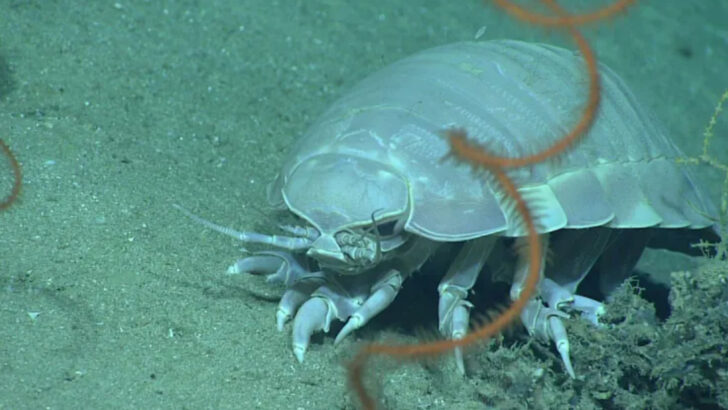Some of Earth’s most jaw-dropping creatures aren’t roaming the surface—they’re lurking underground.
While we’re busy staring at the skies or scanning treetops, something massive could be slithering, tunneling, or burrowing right beneath our feet. These beasts aren’t fairy tale monsters. They’re real. And they’re huge.
From colossal worms the size of snakes to mole rats that seem straight out of a horror movie, the underground world is packed with oversized surprises. Some are shy. Some are creepy. Some… should probably stay in the dark.
Ready to get a little uncomfortable? Good. Because once you meet these gigantic underground animals, you’ll never walk on soil the same way again.
Giant Burrowing Cockroach
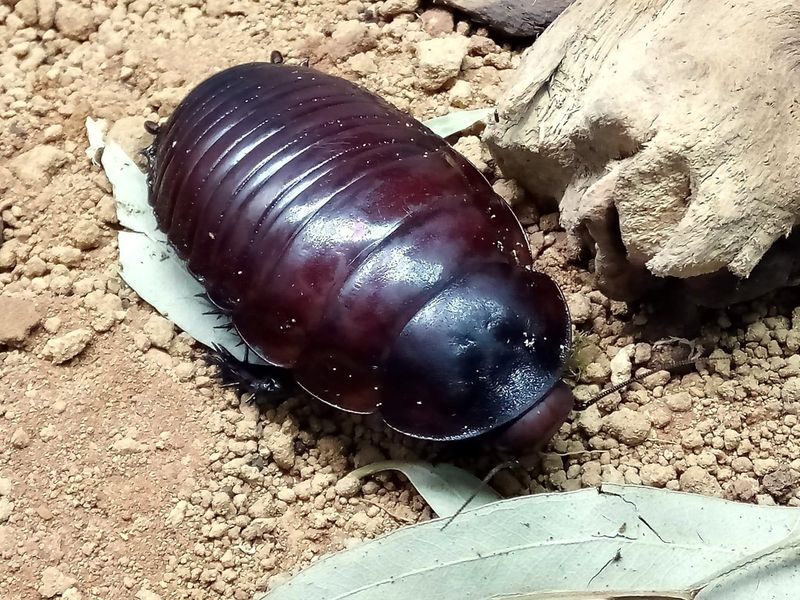
The Giant Burrowing Cockroach, native to Australia, is a titan among insects. With its robust body stretching up to 8 cm, it’s a sight to behold. Unlike typical pests, this cockroach is a gentle giant, living beneath the soil.
Its burrowing nature allows it to create intricate tunnels, contributing to soil aeration. Its presence is an unexpected boon to gardeners. Despite its size, it shuns the spotlight, favoring the quiet life underground.
This insect’s peculiar lifestyle is a reminder of the diverse adaptations that life on Earth can take.
Japanese Giant Salamander
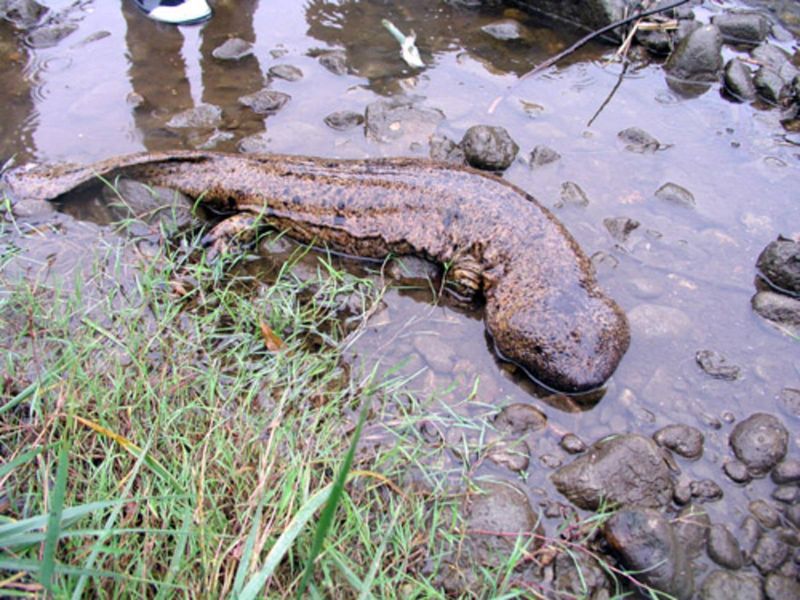
The Japanese Giant Salamander lurks in the cool, flowing waters of Japan’s streams. Growing over 1.5 meters long, it’s one of the largest amphibians. Its skin, mottled in grays and browns, offers perfect camouflage among stones.
This nocturnal creature remains elusive, emerging at night to hunt. Its method is simple yet effective: patiently waiting to ambush prey.
A living fossil, its lineage traces back millions of years, a testament to its resilience. Its existence highlights the delicate balance in aquatic ecosystems and the importance of conservation efforts.
Giant Earthworm
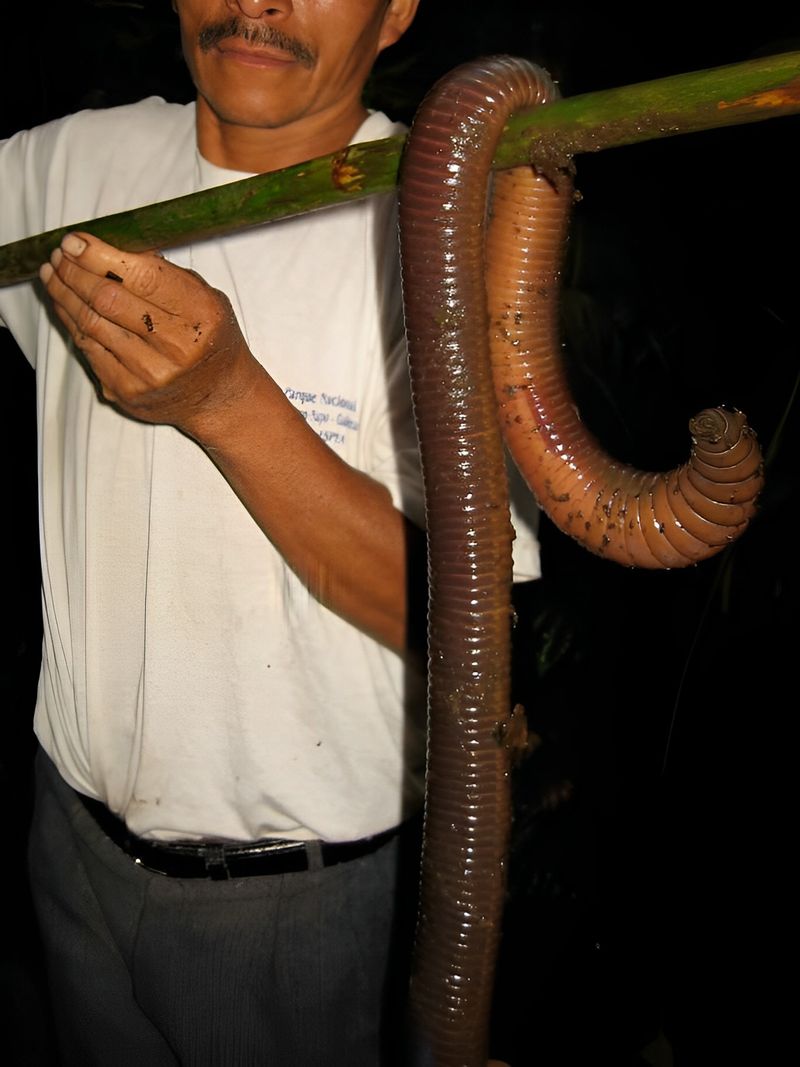
Imagine stumbling upon an earthworm that stretches beyond a meter! The Giant Earthworm, found in Australia and South Africa, fits this impressive description. Its segments glisten as it navigates through the soil, enhancing soil fertility with every movement.
Despite its size, it plays a gentle role in the ecosystem, aerating soil and decomposing organic matter. Its presence is crucial for healthy underground life.
The sight of such a colossal invertebrate is a humbling reminder of nature’s wonders, often hidden just beneath our feet.
African Giant Millipede
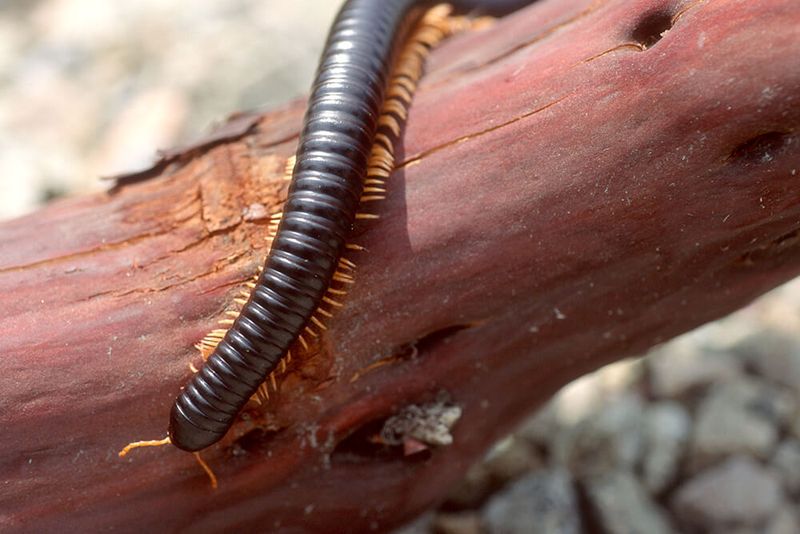
The African Giant Millipede, coiling gracefully in the leaf litter, is a marvel of the forest floor. With up to 400 legs, it navigates its habitat with ease. These gentle giants can reach lengths of 30 cm.
While their appearance might be daunting, they are harmless detritivores, feasting on decaying plant material. Their role is vital, cycling nutrients back into the ecosystem.
Observing their slow, purposeful movement is akin to watching a living conveyor belt, quietly ensuring the forest remains healthy and vibrant.
Giant Huntsman Spider

The Giant Huntsman Spider, with a leg span stretching over 30 cm, lurks in the shadows of Laos’ caves. Known for its speed and agility, this spider defies the typical fear associated with its kind.
Rather than spinning webs, it actively hunts, its long legs providing a swift advantage. Despite its daunting size, it’s non-aggressive towards humans.
This arachnid symbolizes the unexpected beauty and complexity found in nature’s design, with each leg movement a dance of precision and purpose.
Goliath Birdeater
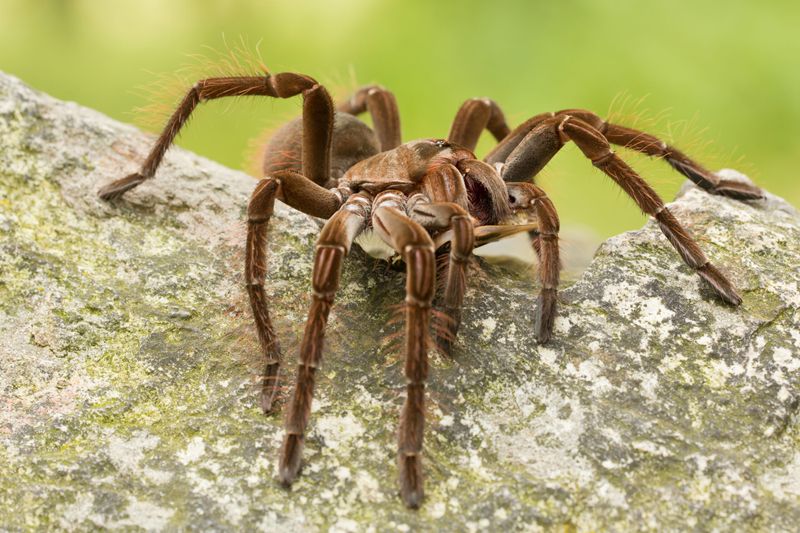
Deep within the rainforests of South America lies the Goliath Birdeater, the largest spider by mass. With a leg span nearing 30 cm, it commands attention not through aggression but sheer size.
This tarantula feeds on small vertebrates and invertebrates, using its size to overpower prey. Its presence is a reminder of the lush biodiversity in rainforest ecosystems.
Despite its intimidating name, the Goliath Birdeater is an integral part of the ecological web, maintaining the balance of life among the forest’s layers.
Olm
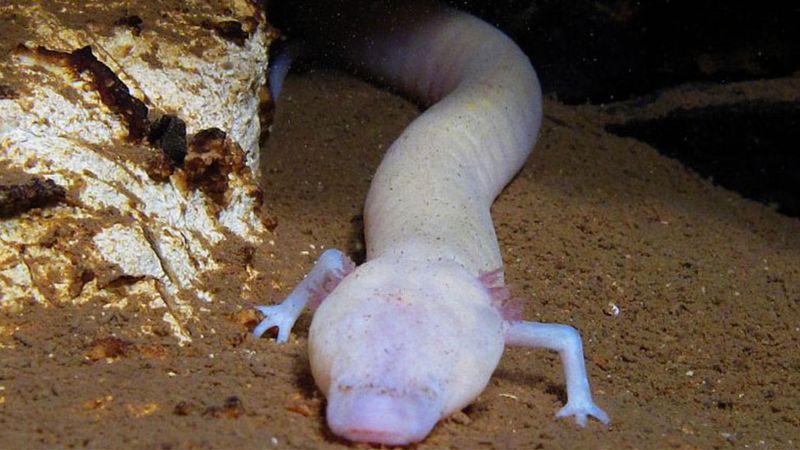
The Olm, a mysterious creature of Europe’s caves, is a blind salamander perfectly adapted to darkness. Its translucent skin and serpentine body give it an ethereal appearance.
Living entirely underwater, it senses the world through smell and sound. Its longevity is astounding, with lifespans reaching up to a century.
This creature’s existence is a fascinating study in evolution, having lost its eyesight in exchange for heightened other senses. It’s a testament to the adaptability of life in extreme environments.
Giant Isopod
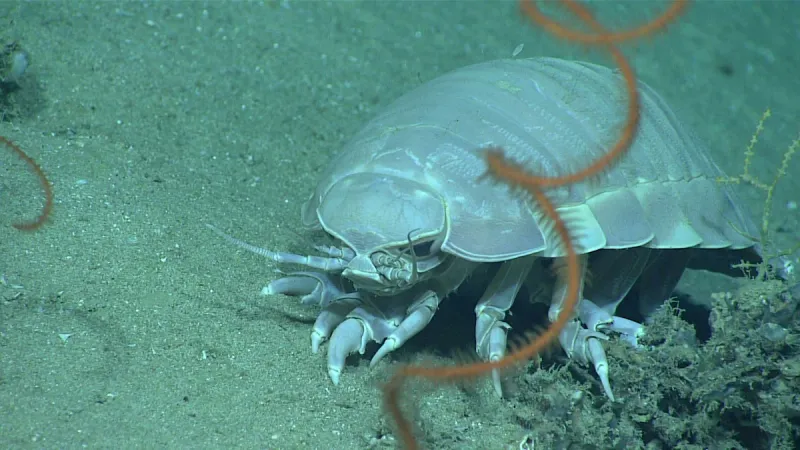
Beneath the ocean’s surface, the Giant Isopod prowls the sea floor. Resembling a creature from another world, its armored body can grow up to 40 cm long.
As a scavenger, it plays a crucial role in marine ecosystems, cleaning up detritus in its cold, dark habitat. Its prehistoric appearance is both intriguing and unsettling, reminiscent of ancient sea creatures.
The Giant Isopod’s survival in harsh conditions underscores the resilience of life beneath the waves, where sunlight rarely penetrates.
Giant Weta
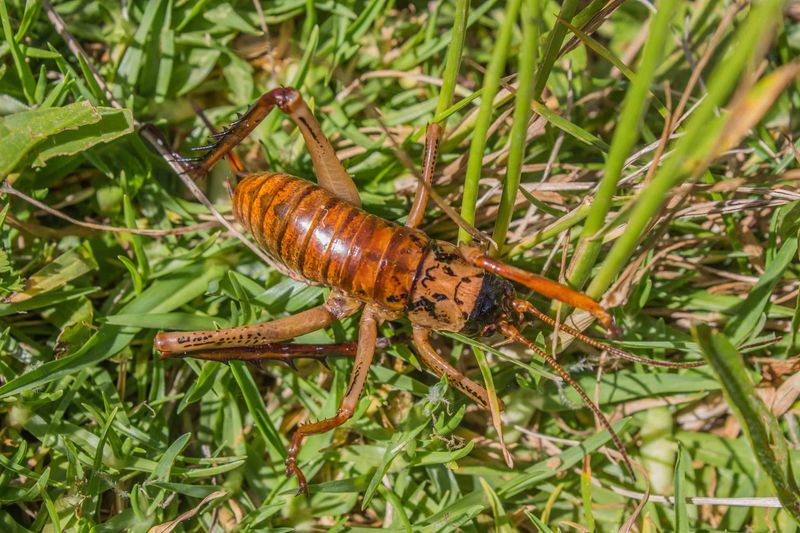
In the unique landscapes of New Zealand, the Giant Weta reigns supreme. Comparable in weight to a small bird, this insect can stretch over 10 cm. Its spiky legs and robust body make it a formidable presence.
Despite its fierce appearance, it’s a gentle herbivore, preferring leaves and other plant matter. Its survival is linked closely to New Zealand’s conservation efforts.
The Giant Weta serves as a symbol of the island’s distinct biodiversity and the importance of protecting such unique ecosystems.
Cave Crayfish
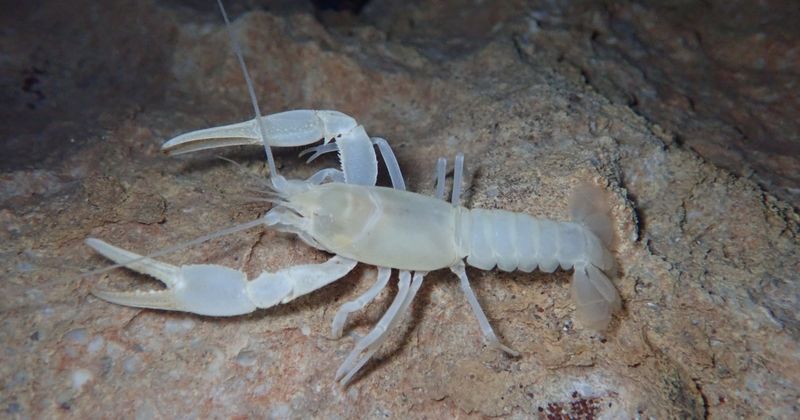
The Cave Crayfish, a pale and ghostly resident of North American caves, is a master of adaptation. Its lack of pigment and reduced eyesight are perfect for the dark, aquatic environment.
It relies on touch and chemical signals to explore and find food, showcasing nature’s ingenuity in evolution. Its presence is a key indicator of water quality, making it vital for ecological studies.
This fascinating crustacean highlights how life continues to thrive and evolve, even in the most isolated environments.
Giant Tube Worm
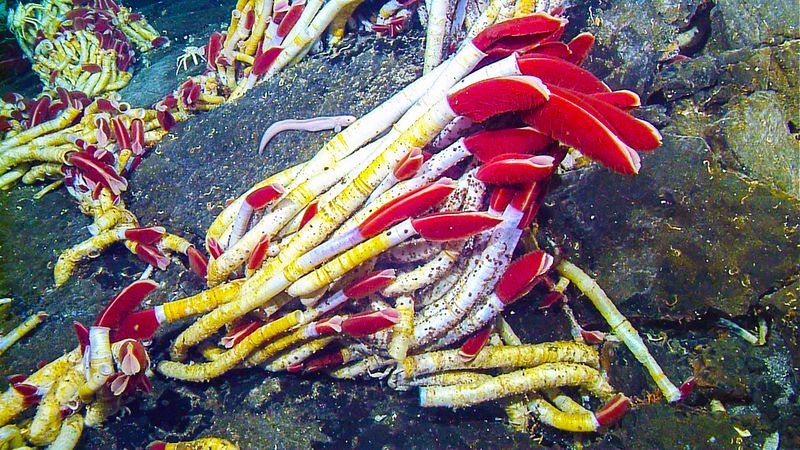
Clustered around hydrothermal vents lie the Giant Tube Worms, vivid red plumes waving in the ocean’s depths. These creatures can reach over 2 meters in length, thriving where most life wouldn’t dare tread.
Their symbiotic relationship with bacteria exemplifies nature’s adaptability, relying on chemical energy rather than sunlight. This unique survival strategy highlights the diversity of life strategies.
The Giant Tube Worms’ existence at such extremes showcases how life can flourish in conditions that seem inhospitable.
Giant Amazonian Centipede
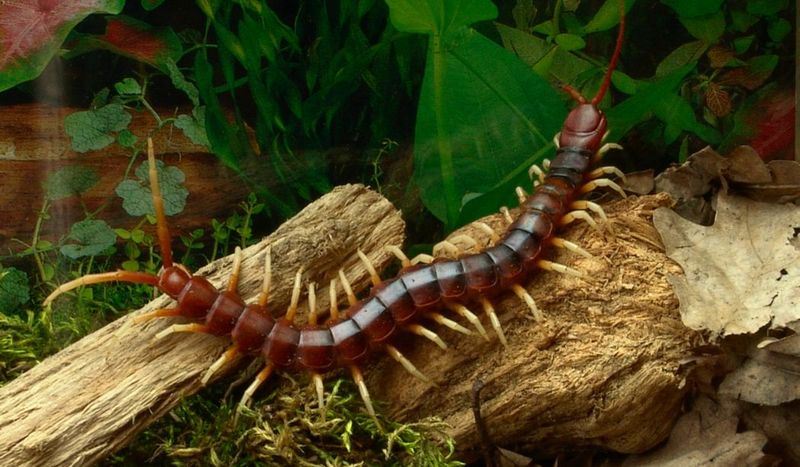
The Giant Amazonian Centipede is a formidable predator in the tropical forests of South America. Stretching nearly 30 cm, its segmented body and numerous legs maneuver with surprising agility.
It hunts using venomous claws to subdue prey, which includes anything from insects to small vertebrates. Despite its fearsome reputation, it plays an important ecological role.
This centipede’s presence reflects the complexity and interconnectivity of rainforest ecosystems, where every creature has a part to play in maintaining balance.

